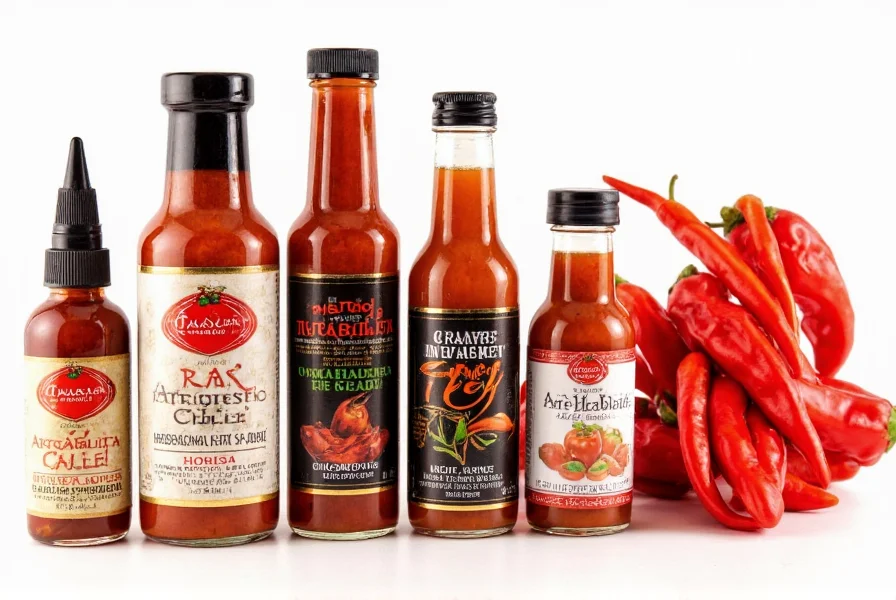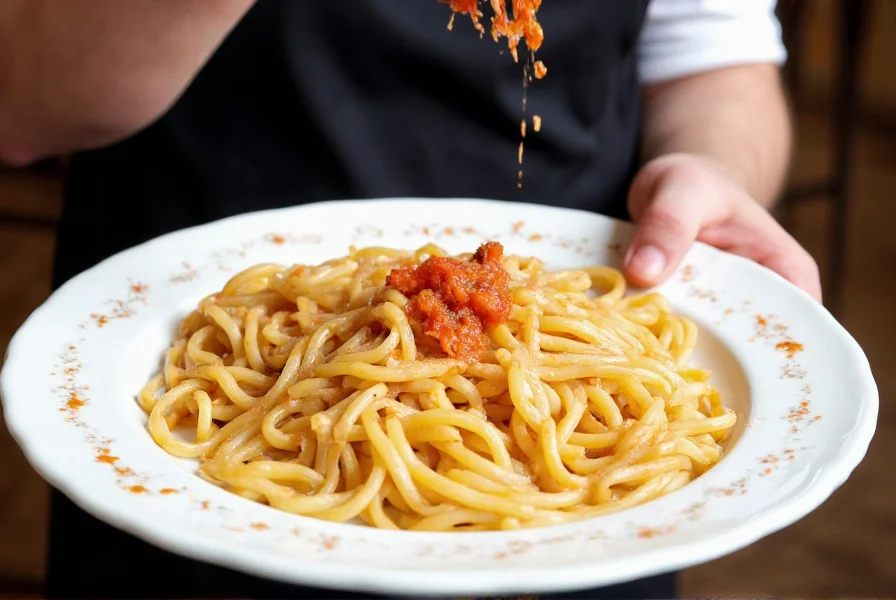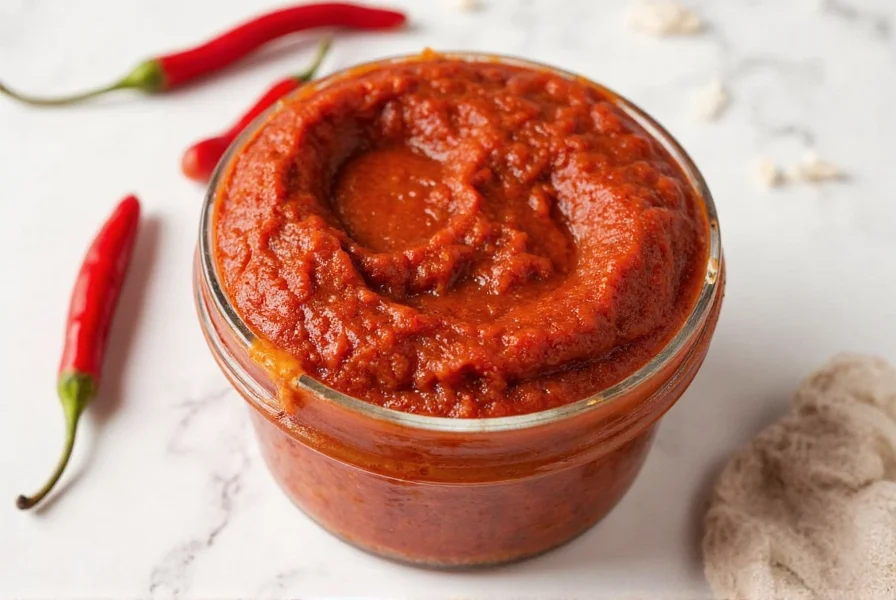Calabrian chili paste, made from the distinctive peperoncini peppers grown in Italy's Calabria region, delivers a unique combination of fruity heat, subtle smokiness, and bright acidity that elevates pasta, seafood, and roasted vegetable dishes. When you can't find this specialty ingredient, understanding its flavor profile is essential for selecting the right calabrian chili paste replacement in recipes.
Understanding Calabrian Chili Paste Flavor Profile
Authentic Calabrian chili paste features medium heat (around 25,000-45,000 Scoville units), with complex notes of dried fruit, citrus, and earthy undertones. Unlike many chili pastes, it maintains a vibrant red color and smooth texture without overwhelming heat. This balance makes it versatile in Italian cooking, where it enhances rather than dominates dishes. When seeking a calabrian chili paste alternative for pasta or other Italian specialties, prioritize substitutes that maintain this delicate heat-to-flavor ratio.
Top 5 Calabrian Chili Paste Substitutes Ranked
| Substitute | Flavor Comparison | Substitution Ratio | Best For |
|---|---|---|---|
| Crushed Calabrian chilies in oil | Nearly identical flavor and heat | 1:1 | All applications |
| Arrabbiata sauce | Tomato-based with similar heat level | 1.5:1 (paste:sauce) | Pasta sauces, pizza |
| Harissa paste | More floral, less fruity, similar heat | 0.75:1 (harissa:calabrian) | Mediterranean dishes |
| Chipotle in adobo | Smokier, earthier, less bright | 0.5:1 (chipotle:calabrian) | Meat dishes, stews |
| DIY blend (see below) | Customizable to match profile | 1:1 | Most applications |
How to Choose the Right Substitute
Selecting the best calabrian chili paste substitute depends on your specific recipe and desired outcome. For traditional Italian dishes like spaghetti al peperoncino, arrabbiata sauce provides the closest flavor match while maintaining authenticity. When preparing seafood or delicate vegetable dishes, harissa paste offers comparable heat with complementary Mediterranean notes. For heartier meat preparations, chipotle peppers in adobo deliver satisfying depth with their distinctive smokiness.

Creating Your Own Calabrian Chili Paste Alternative
When commercial substitutes aren't available, this simple DIY calabrian chili paste substitute recipe delivers remarkable results. Combine 2 tablespoons tomato paste, 1 tablespoon olive oil, 1 teaspoon red pepper flakes, 1 minced garlic clove, and a pinch of smoked paprika. For authentic Calabrian flavor, add a squeeze of lemon juice and a pinch of dried oregano. Let the mixture rest for 30 minutes to allow flavors to meld before using.
This homemade calabrian chili paste substitute works particularly well in pasta dishes and as a pizza topping. Adjust the red pepper flakes to control heat level—start with less and gradually increase to match Calabrian's distinctive medium heat. The tomato paste provides necessary body while the olive oil carries the flavors, mimicking the texture of authentic Calabrian paste.
Substitution Ratios and Recipe Adjustments
Understanding calabrian chili paste substitute ratio is crucial for recipe success. Most substitutes require adjustment due to differing water content and heat intensity:
- For arrabbiata sauce: Use 1.5 parts sauce for every 1 part Calabrian paste, reducing other liquids
- For harissa: Start with ¾ amount and adjust to taste (harissa often packs more heat)
- For chipotle in adobo: Use half the amount and balance with additional acid (lemon/vinegar)
- For red pepper flakes: Mix with oil first (1 tsp flakes + 1 tbsp oil = 1 tbsp paste)
When substituting in delicate dishes like seafood or egg preparations, always start with less substitute than the recipe specifies, then adjust after tasting. The goal is to replicate Calabrian paste's signature balance where heat enhances rather than overwhelms other flavors.
When Authentic Calabrian Paste Matters Most
While substitutes work well in many applications, certain recipes truly require authentic Calabrian chili paste. Traditional Calabrian 'nduja spread, authentic fileja pasta with 'nduja, and regional seafood preparations rely on the specific terroir-driven flavor of genuine Calabrian peppers. For these specialty dishes, seek out Italian specialty stores or reputable online retailers rather than substituting.

Storing and Using Substitutes Effectively
Most calabrian chili paste alternatives maintain quality for 2-3 weeks when stored in airtight containers in the refrigerator. Harissa and arrabbiata sauce typically have longer shelf lives (up to 6 months unopened). Always taste your substitute before adding to recipes—heat levels can vary significantly between brands. For best results with calabrian chili paste replacement in recipes, add substitutes toward the end of cooking to preserve their delicate flavor compounds.











 浙公网安备
33010002000092号
浙公网安备
33010002000092号 浙B2-20120091-4
浙B2-20120091-4